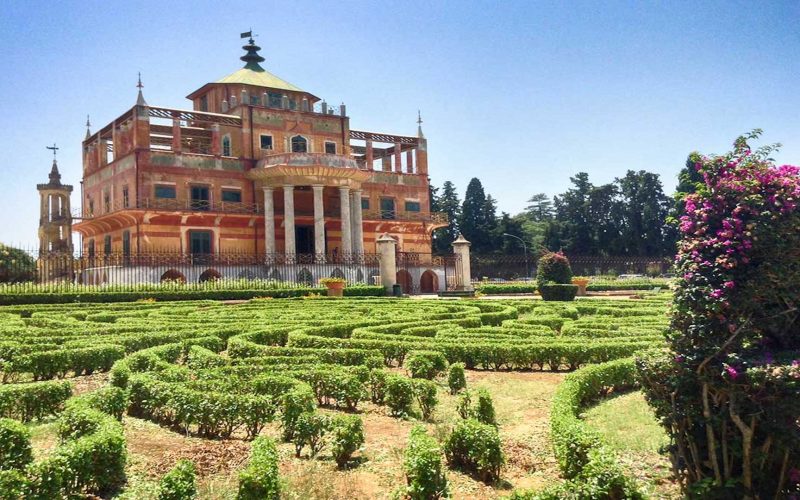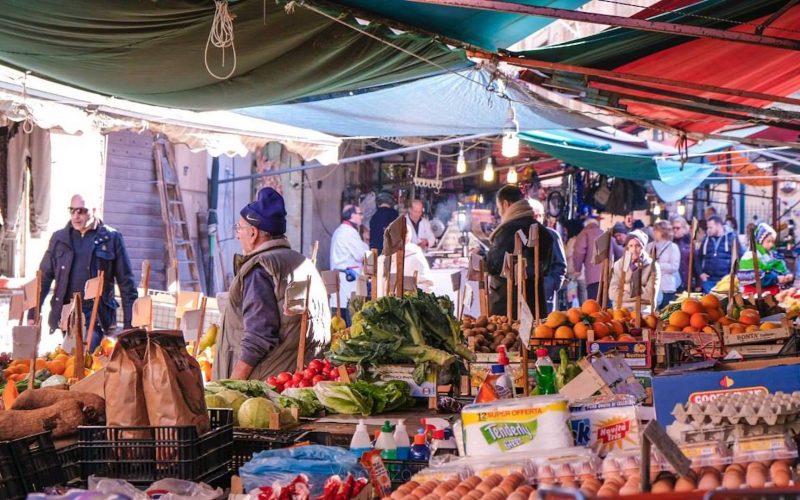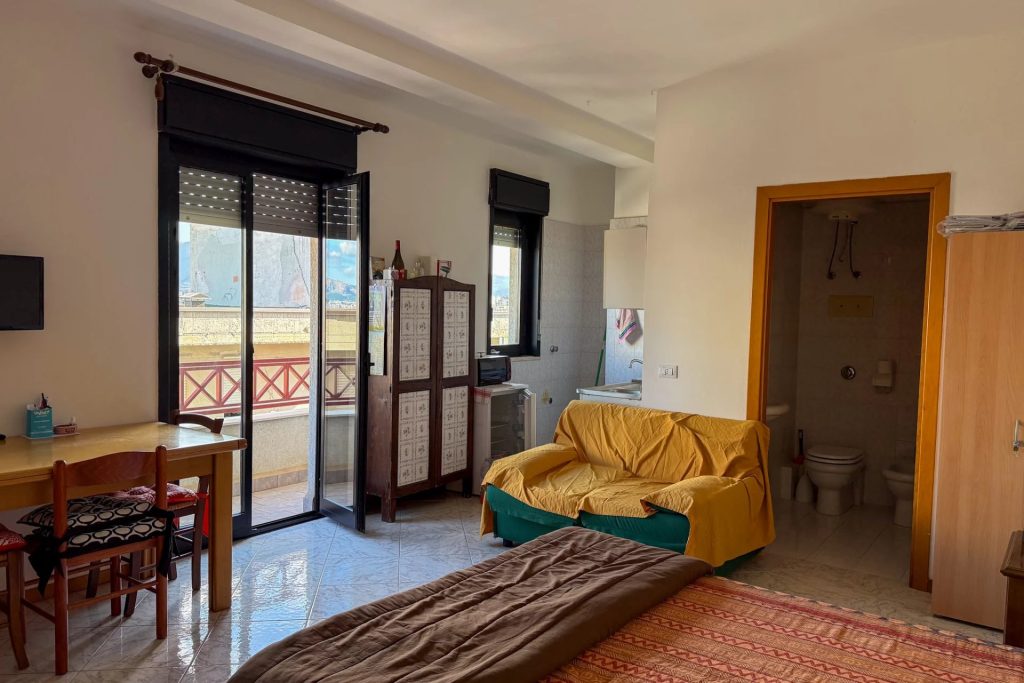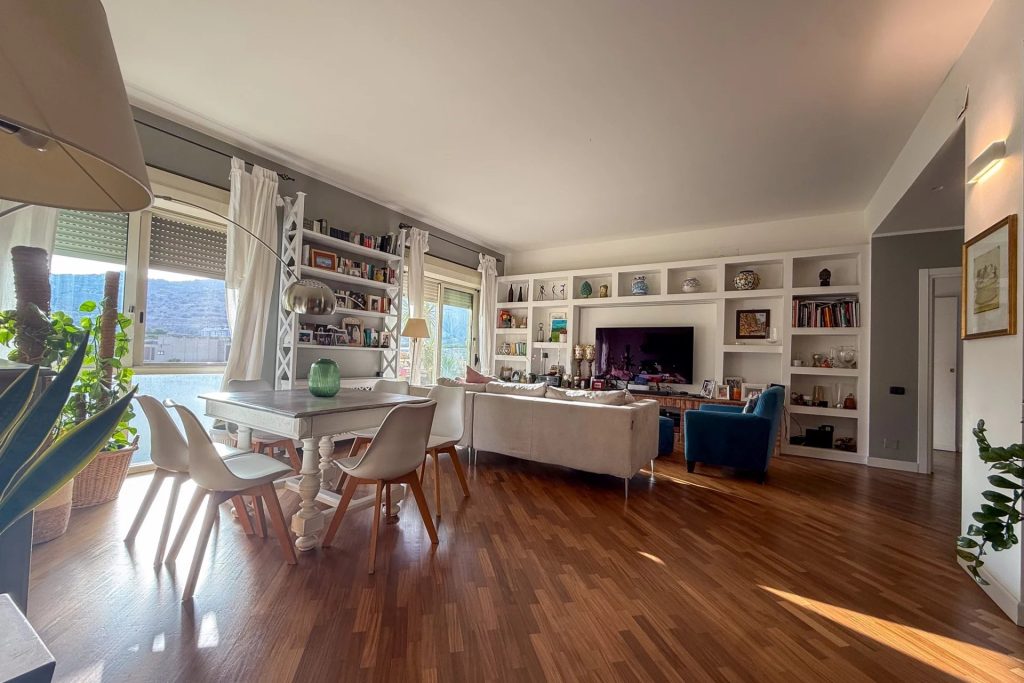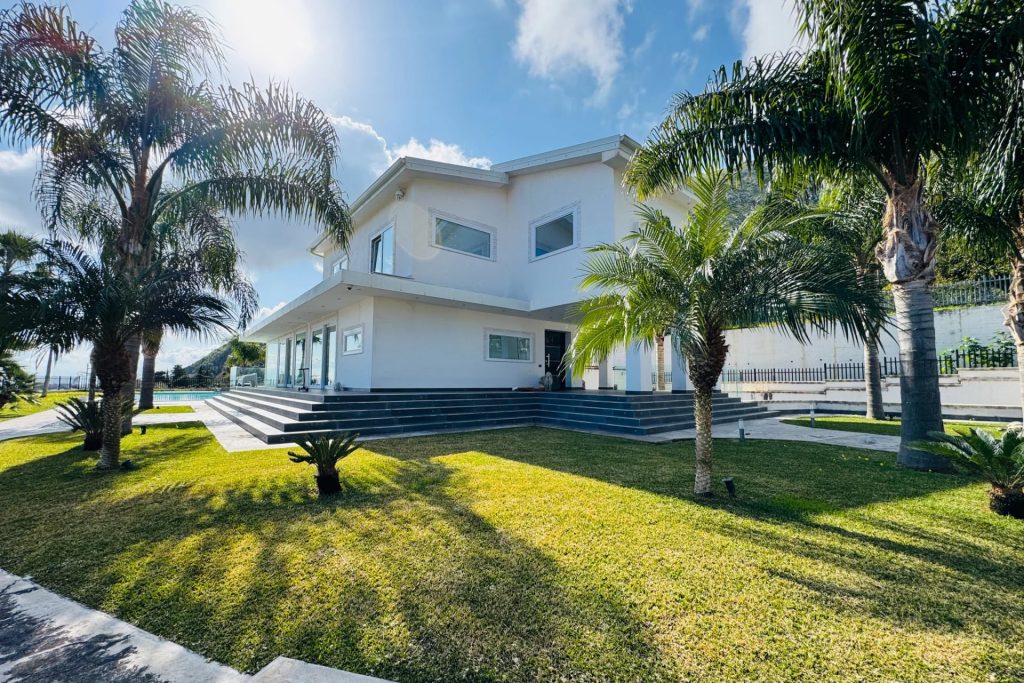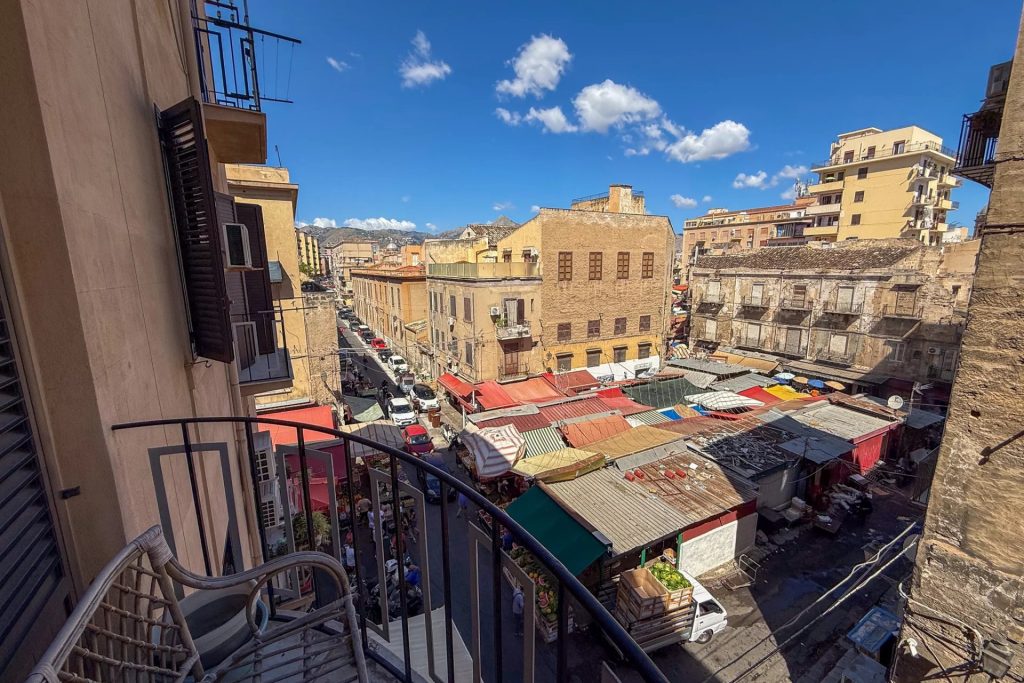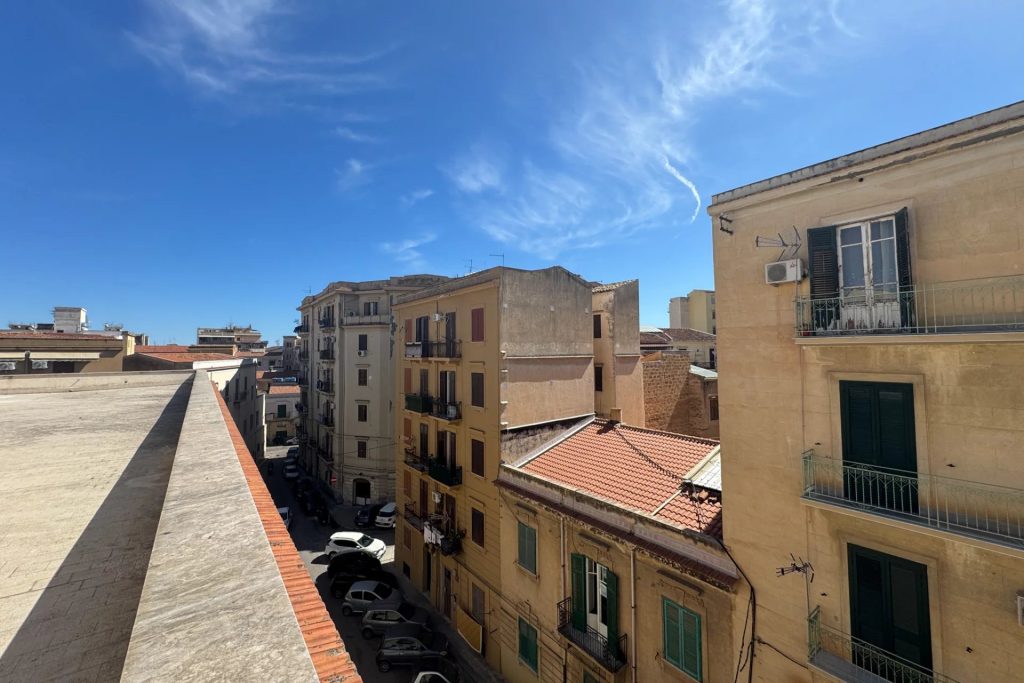Diversity and contrasts, as we’ve explained, have always been the essence of Palermo. With one eye always on its past steeped in tradition and the other on a present day of economic and social boom, Palermo is rapidly modernizing and the past two decades have brought significant public and private investment. It could perhaps be compared to Bilbao in Spain, Liverpool in England or Pittsburgh in the USA, cities once considered unfashionable but now reaping the benefits of cultural and economic regeneration. It is a city on the up.
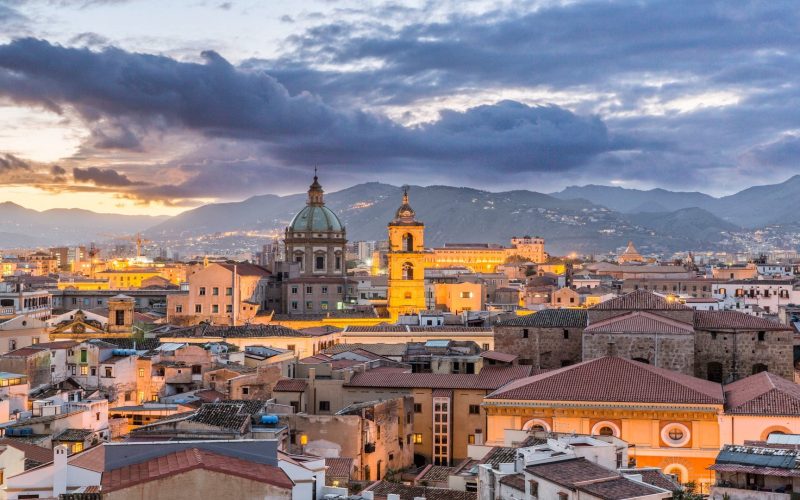
Thanks to green policies in the historic center, for example, Palermo has created large pedestrian areas along some of the city’s most beautiful and historic streets, such as Via Maqueda and Corso Vittorio Emanuele. These now throng with bistros and delicatessens, tempting cafes and stylish boutiques of clothing and crafts.
Palermo is the economic powerhouse of the region and one of the most important in the south of Italy. Its economy is based on shipbuilding, iron and steel, food production and agricultural trade, but a growing sector is tourism. The city has an international airport (Falcone e Borsellino) a short drive, train or bus ride from from the center, with connections to all of the continent’s major hubs. There are also direct train and bus routes to all of Sicily’s the main points of interest and to all major cities on the island (Catania, Agrigento, Cefalù, Messina, Siracusa, etc.) with constant departures from the ‘Centrale’ Station.
As well as a metro line (which extends to the airport at Punta Raisi), the administration has expended bus routes and invested in the construction of a tram network that already connects the center to its suburbs, including the huge Forum shopping center in Brancaccio, and is still expanding.
One undisputed advantage: Palermo is undoubtedly one of the cheapest cities in Italy – whether you arrive from the north of the country you will be shocked at how cheap things are. You can eat well in a restaurant for 10-15€, and if your wallet is even lighter, you can find street food sandwiches for under 2€, try the local specialty of brioche filled with ice cream (maybe 2.50€) or cool off with a beer in the Vucciria for 1.50€. In the morning a cappuccino and croissant at your local cafe will probably give you change from 2€.
The University of Palermo is among Italy’s most popular and cheapest, and offers a full program of study. Hundreds of foreign students enroll every year, and hundreds more take courses here through the Erasmus exchange scheme (mostly from Spain, France and Germany).


